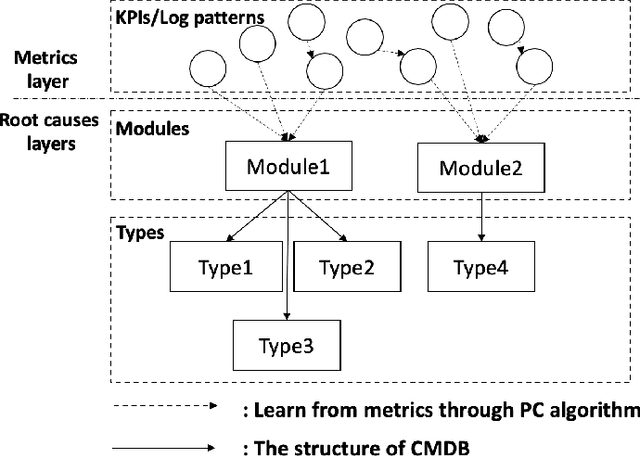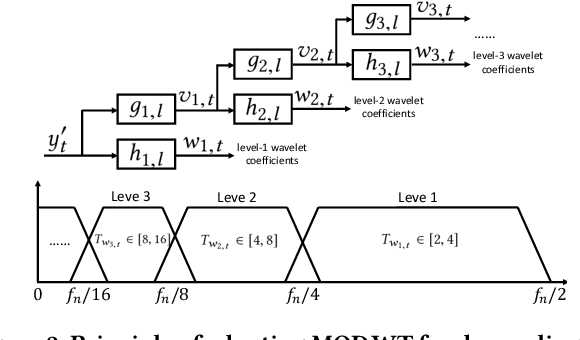Min Ke
CloudRCA: A Root Cause Analysis Framework for Cloud Computing Platforms
Nov 05, 2021



Abstract:As business of Alibaba expands across the world among various industries, higher standards are imposed on the service quality and reliability of big data cloud computing platforms which constitute the infrastructure of Alibaba Cloud. However, root cause analysis in these platforms is non-trivial due to the complicated system architecture. In this paper, we propose a root cause analysis framework called CloudRCA which makes use of heterogeneous multi-source data including Key Performance Indicators (KPIs), logs, as well as topology, and extracts important features via state-of-the-art anomaly detection and log analysis techniques. The engineered features are then utilized in a Knowledge-informed Hierarchical Bayesian Network (KHBN) model to infer root causes with high accuracy and efficiency. Ablation study and comprehensive experimental comparisons demonstrate that, compared to existing frameworks, CloudRCA 1) consistently outperforms existing approaches in f1-score across different cloud systems; 2) can handle novel types of root causes thanks to the hierarchical structure of KHBN; 3) performs more robustly with respect to algorithmic configurations; and 4) scales more favorably in the data and feature sizes. Experiments also show that a cross-platform transfer learning mechanism can be adopted to further improve the accuracy by more than 10\%. CloudRCA has been integrated into the diagnosis system of Alibaba Cloud and employed in three typical cloud computing platforms including MaxCompute, Realtime Compute and Hologres. It saves Site Reliability Engineers (SREs) more than $20\%$ in the time spent on resolving failures in the past twelve months and improves service reliability significantly.
* Accepted by CIKM 2021; 10 pages, 3 figures, 12 tables
RobustPeriod: Time-Frequency Mining for Robust Multiple Periodicities Detection
Feb 21, 2020



Abstract:Periodicity detection is an important task in time series analysis as it plays a crucial role in many time series tasks such as classification, clustering, compression, anomaly detection, and forecasting. It is challenging due to the following reasons: 1, complicated non-stationary time series; 2, dynamic and complicated periodic patterns, including multiple interlaced periodic components; 3, outliers and noises. In this paper, we propose a robust periodicity detection algorithm to address these challenges. Our algorithm applies maximal overlap discrete wavelet transform to transform the time series into multiple temporal-frequency scales such that different periodicities can be isolated. We rank them by wavelet variance and then at each scale, and then propose Huber-periodogram by formulating the periodogram as the solution to M-estimator for introducing robustness. We rigorously prove the theoretical properties of Huber-periodogram and justify the use of Fisher's test on Huber-periodogram for periodicity detection. To further refine the detected periods, we compute unbiased autocorrelation function based on Wiener-Khinchin theorem from Huber-periodogram for improved robustness and efficiency. Experiments on synthetic and real-world datasets show that our algorithm outperforms other popular ones for both single and multiple periodicity detection. It is now implemented and provided as a public online service at Alibaba Group and has been used extensive in different business lines.
 Add to Chrome
Add to Chrome Add to Firefox
Add to Firefox Add to Edge
Add to Edge